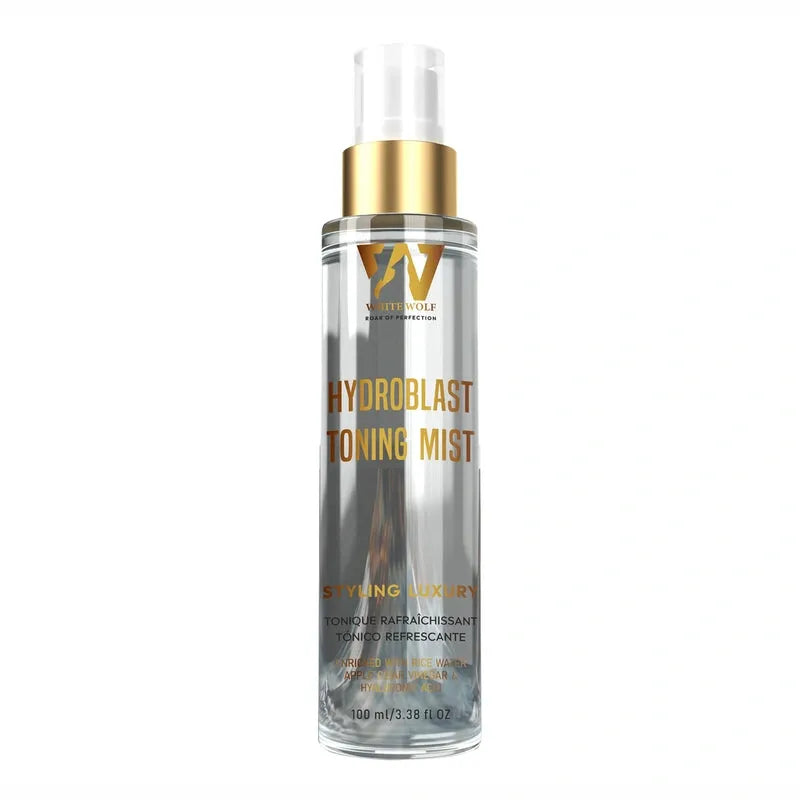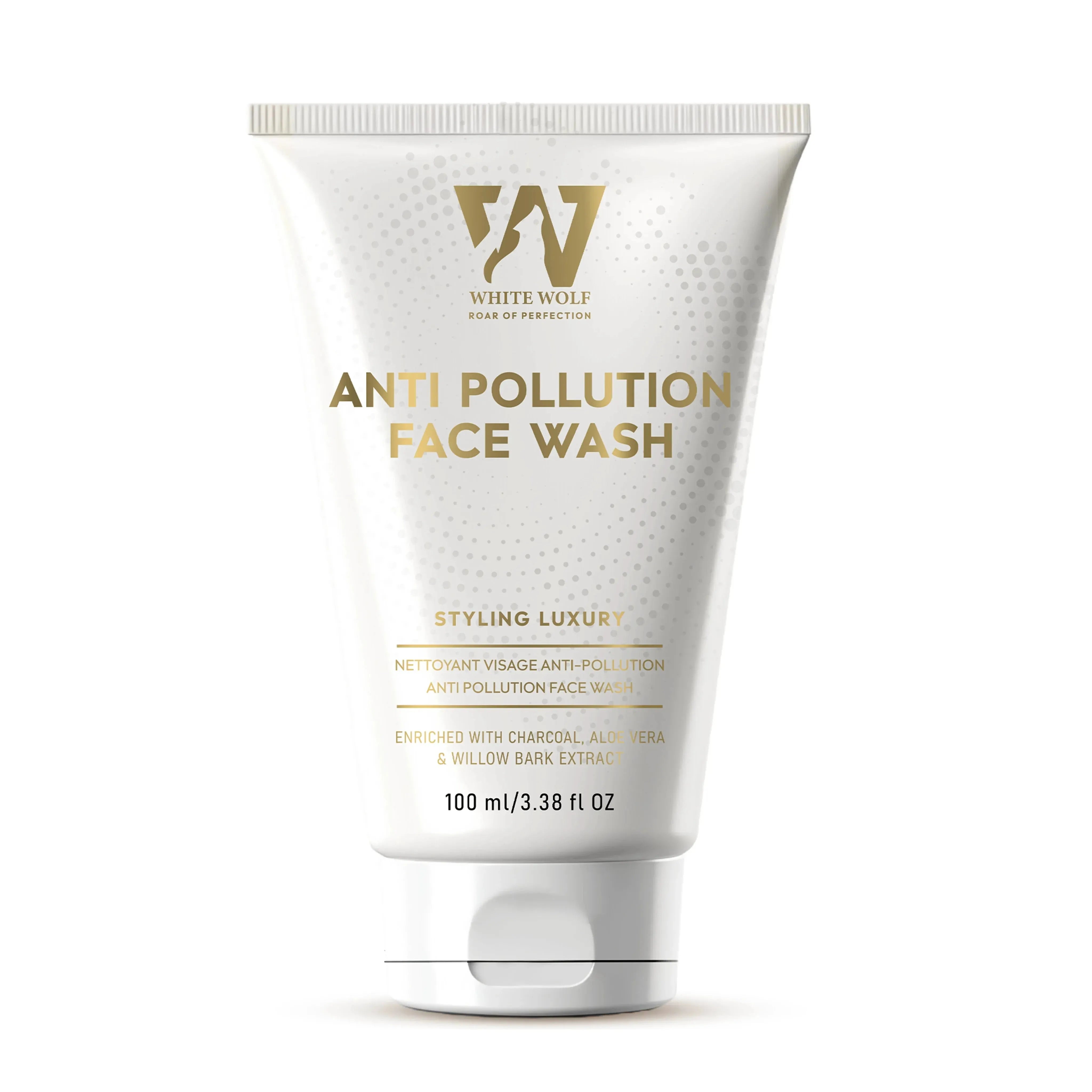If you are one of those people trying to find the best chosen perfume for you then you are not alone. Continue reading to know the fragrance pyramid, a helpful tool that would help you to break down perfumes in three parts,- the top, middle and base notes. Offering you the insights and how scent evolves over time.
What Are Perfume Notes?
Perfume notes have different scent layers that unfold over time. These layers-top, middle, and base-work together to create the full olfactory experience. Understanding how they interact helps you choose a fragrance that suits your personality and needs.
The Fragrance Pyramid: Top, Middle & Base Notes
The fragrance pyramid is a structure used to describe how a perfume is built. It’s divided into three tiers:
-
Top notes: The lightest, most volatile scents.
-
Middle notes: The heart and core of the fragrance.
-
Base notes: The deepest, longest-lasting elements.
Top Notes: Your First Impression
These are the first scents you smell right after applying perfume. Light and fresh, they often include citrus, floral, or herbal elements like lemon, bergamot, or lavender. While they’re attention-grabbing, they typically evaporate within 5-20 minutes.
Middle Notes: The Heart of the Scent
Once the top notes fade, the middle notes take over. These form the main body of the fragrance and often include ingredients like jasmine, cinnamon, or apple. They’re richer and last longer-usually around 20 minutes to 3 hours-adding character and harmony.
Base Notes: The Long-Lasting Foundation
Base notes are what remain once the top and middle notes evaporate. They add depth, warmth, and longevity to the scent. Common base notes include vanilla, patchouli, amber, and sandalwood, which can linger on the skin for 6 hours or more.
Exploring Fragrance Families
To make it easier to find your signature scent, fragrances are grouped into four major families:
-
Floral (e.g., rose, jasmine, lavender): Soft, romantic, and feminine.
-
Oriental (e.g., vanilla, amber, spices): Warm, exotic, and intense.
-
Woody (e.g., cedarwood, sandalwood): Earthy, grounding, and often masculine.
-
Fresh (e.g., citrus, aquatic, green): Clean, crisp, and energizing.
Why Perfumes Smell Different on Everyone
A perfume won’t smell the same on every person due to individual skin chemistry. Factors like your skin’s pH level, oiliness, and even diet can influence how a fragrance develops. Oily skin tends to retain fragrance longer, while dry skin may require stronger formulations or more frequent reapplication.
How Long Do Perfumes Last?
On average, perfumes last 3-5 years, but this depends on how you store them and the composition of the scent. Perfumes with stronger base notes tend to age better. If a perfume changes color, smells sour, or feels off, it may have oxidized.
Smarter Perfume Choices Through Better Understanding
Understanding fragrance notes and scent families can help you choose a perfume that truly fits your lifestyle and personality. Want to go deeper? Explore our guide on crafting your own designer-inspired perfumes or use white wolf perfume ranges to enjoy all the pyramids of perfume.











